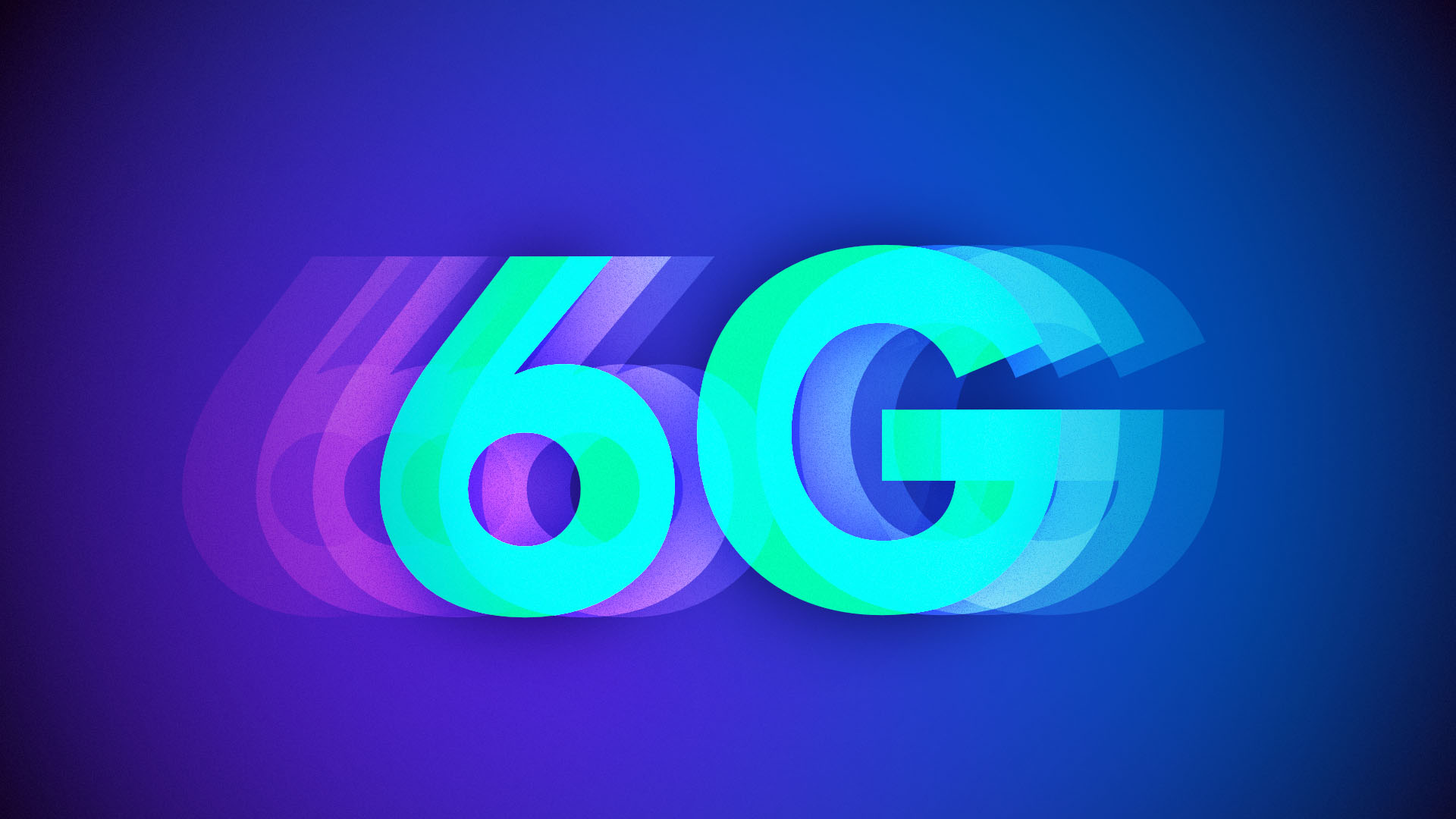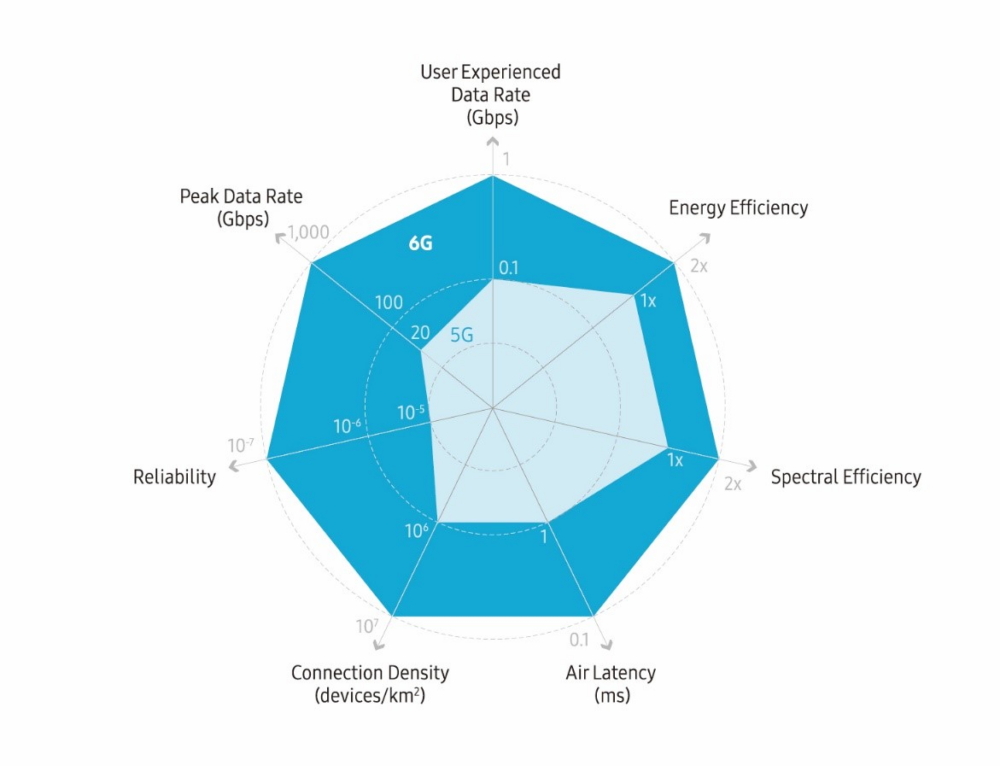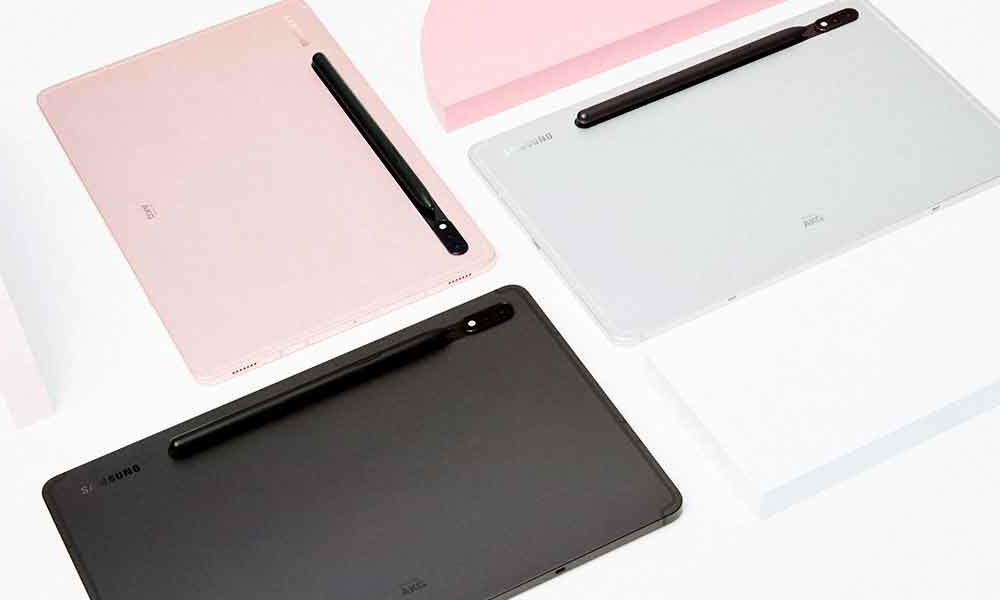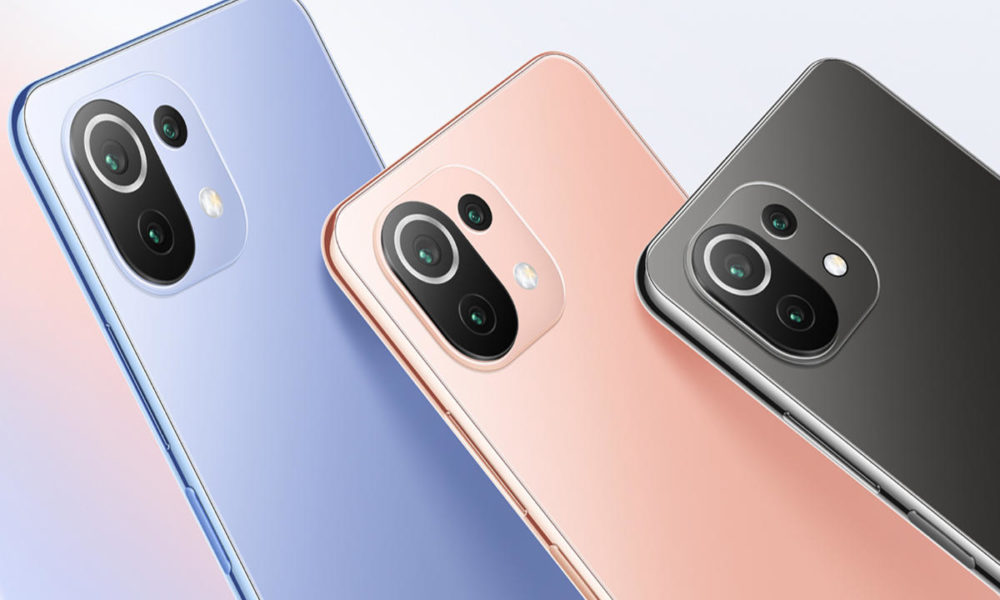
Samsung has shared the results of a lab test on 6G. The flow rates achieved are spectacular, but obtained under very specific conditions.
It is a speed obtained during an experiment and according to a very precise test protocol, which obviously does not say anything about what will be the reality of the mobile connections in a few years. It prevents. The results obtained jointly by a team from Samsung Research, Samsung Research America and the University of California at Santa Barbara provide a small glimpse of what 6G will be.
Spectacular flow, but obtained in the laboratory
In a press release published on June 16, the engineers explained that they had reached in a laboratory test the speed of 6.2 Gbps, or 775 MB per second, through the 140 gigahertz (GHz) band over a distance of 15 meters between the two devices that communicated. Beyond 100 GHz, the bands are said to be in the terahertz category, which is a different band from radio waves.
To achieve this speed, the researchers did not only have to place themselves on a very high frequency band and establish an important proximity between the transmitter and the receiver: they also had to use the technique of “beamforming”, which consists of focus beams of radio waves towards a terminal. Beamforming is not specific to 6G: it is also used for 5G for example.
Although very impressive, the demonstration must be qualified given the very short distance – 15 meters – over which the signal could be broadcast. The method could be used occasionally for very crowded and small places, such as a train station or an airport hall, but seems out of play for a district or a city: the relay antennas use frequencies which propagate on hundreds of meters.
Samsung is nevertheless very enthusiastic about terahertz. ” The THz band includes a huge amount of available spectrum, which will allow broadband channels with a bandwidth of several tens of GHz to be created. This could potentially provide a way to meet the 6G terabits per second data rate requirement. », Develops the press release.

The rates could be multiplied up to fifty and the latency (that is to say the transit delay of a data between the moment when a signal is sent and when it is received) reduced by a factor of ten. Already during the switch between 4G and 5G, equivalent promises were made – and still are. We even talk about 5G as a kind of “wireless” optical fiber.
” These enhancements will provide 6G hyperconnectivity services and the ultimate multimedia experience, such as Extended Reality (XR), High-Fidelity Mobile Hologram, etc. Samsung writes. These services were already mentioned in the South Korean tech giant’s 6G white paper. He was already talking about an average throughput of a tenfold drop in latency and an unrivaled throughput.
6G won’t be real for ten years
What 6G should be has not yet really been stopped: while 5G is being deployed in an embryonic state in many countries around the world, 6G is still at a research stage. and definition. Its standardization is not for tomorrow and its deployment will only take place in ten years. However, a number of laboratories and equipment manufacturers are already in the running.
Samsung, of course, is in the competition, both because it is a manufacturer of mobile devices, with its smartphones and tablets, but also because it is a manufacturer of telecom equipment – and therefore a rival of Nokia, Ericsson and Huawei. If he’s a 5G competitor today, he’ll be a 6G challenger tomorrow. And for that, he has to work on it and try to influence standardization.



